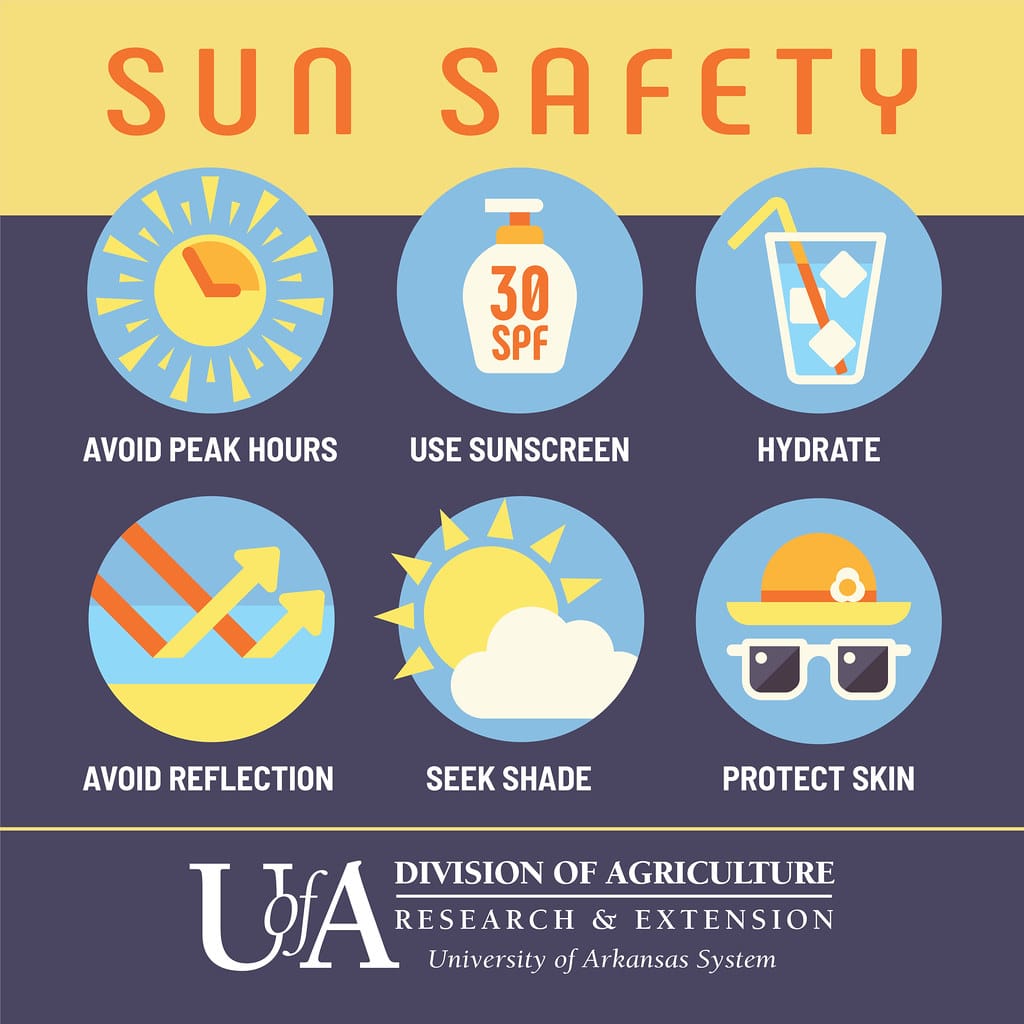When the Job Burns: Why Workers Are Dying From Heat and What Must Change
The construction worker collapsed on a Phoenix job site as temperatures soared past 115°F. The farm laborer in California's Central Valley never made it home after a 12-hour shift picking grapes under a relentless sun. The warehouse employee in an Amazon facility succumbed to heat exhaustion when indoor temperatures reached dangerous levels with no air conditioning.
These aren't isolated incidents—they're part of a deadly pattern claiming worker lives across America as climate change pushes temperatures to record highs, while workplace heat protections lag dangerously behind.
The Deadly Numbers Behind Heat-Related Worker Deaths
Heat kills more workers than hurricanes, tornadoes, floods, and lightning combined. According to the Bureau of Labor Statistics, an average of 38 workers die from heat exposure annually, with hundreds more hospitalized. However, experts believe these numbers vastly underestimate the true toll, as many heat-related deaths are misclassified or go unreported.
The problem is accelerating. Worker heat deaths have increased by 35% since the early 2000s, with outdoor workers facing risks 35 times higher than the general population. Construction, agriculture, and warehousing lead the fatality statistics, but heat poses dangers across numerous industries.
Who Bears the Burden
The statistics reveal troubling disparities in who suffers most from occupational heat exposure. Latino workers account for more than one-third of heat-related workplace deaths despite representing only 17% of the workforce. This disparity stems from overrepresentation in high-risk industries like construction and agriculture, often combined with limited workplace protections and fear of reporting unsafe conditions.
Older workers face heightened risks as aging bodies struggle to regulate temperature, while new employees—those with less than a week on the job—experience disproportionate heat illness rates as their bodies haven't acclimated to extreme conditions.
The Regulatory Gap
Despite mounting evidence of the crisis, the United States lacks comprehensive federal heat safety standards for workers. The Occupational Safety and Health Administration (OSHA) relies on a general duty clause requiring employers to provide safe working conditions, but this approach often proves inadequate for enforcement and prevention.
Only a handful of states have enacted specific heat protection rules. California, Washington, and Oregon lead with regulations mandating water, rest, and shade for outdoor workers. These states have seen measurable reductions in heat-related worker deaths and illnesses following implementation.
Climate Change Amplifies the Crisis
Rising global temperatures are transforming workplace heat from a seasonal concern into a year-round threat. The National Weather Service reports that extreme heat days—those exceeding 100°F—have doubled in many U.S. cities since the 1980s.
This trend particularly impacts the Sun Belt states experiencing rapid population and job growth. Cities like Phoenix, Houston, and Miami regularly see summer temperatures that make outdoor work potentially lethal without proper precautions.
Indoor workers aren't immune. Warehouses, factories, and kitchens can become furnaces when external temperatures soar, especially in facilities lacking adequate cooling systems or ventilation.
Solutions That Save Lives
Effective heat protection requires three fundamental elements: water, rest, and shade or cooling. Research shows that mandatory cooling breaks every two hours, unlimited access to cold water, and shaded rest areas can reduce heat illness by up to 80%.
Technology offers additional tools. Cooling vests, breathable fabrics, and personal monitoring devices can help workers and supervisors recognize dangerous heat exposure before it becomes fatal.
Employer education proves crucial. Many heat deaths occur because supervisors don't recognize heat illness symptoms or understand that acclimatization—gradually increasing work intensity over 7-14 days—is essential for new workers or those returning after time away.
The Path Forward
Federal action appears imminent. OSHA has proposed comprehensive heat safety standards that would require employers to provide cooling measures, rest breaks, and training when temperatures reach trigger points. If enacted, these rules could prevent thousands of heat-related illnesses and dozens of deaths annually.
Meanwhile, workers and advocates aren't waiting. Labor unions are negotiating heat protections into contracts, while community organizations educate vulnerable workers about their rights and heat safety practices.
Conclusion
As climate change pushes temperatures higher, protecting workers from heat exposure isn't just an occupational safety issue—it's a human rights imperative. The solutions exist and proven interventions can dramatically reduce heat-related deaths and illnesses. What's needed now is the political will to implement comprehensive protections before another summer claims more preventable casualties. In the race between rising temperatures and workplace safety regulations, workers' lives hang in the balance.
